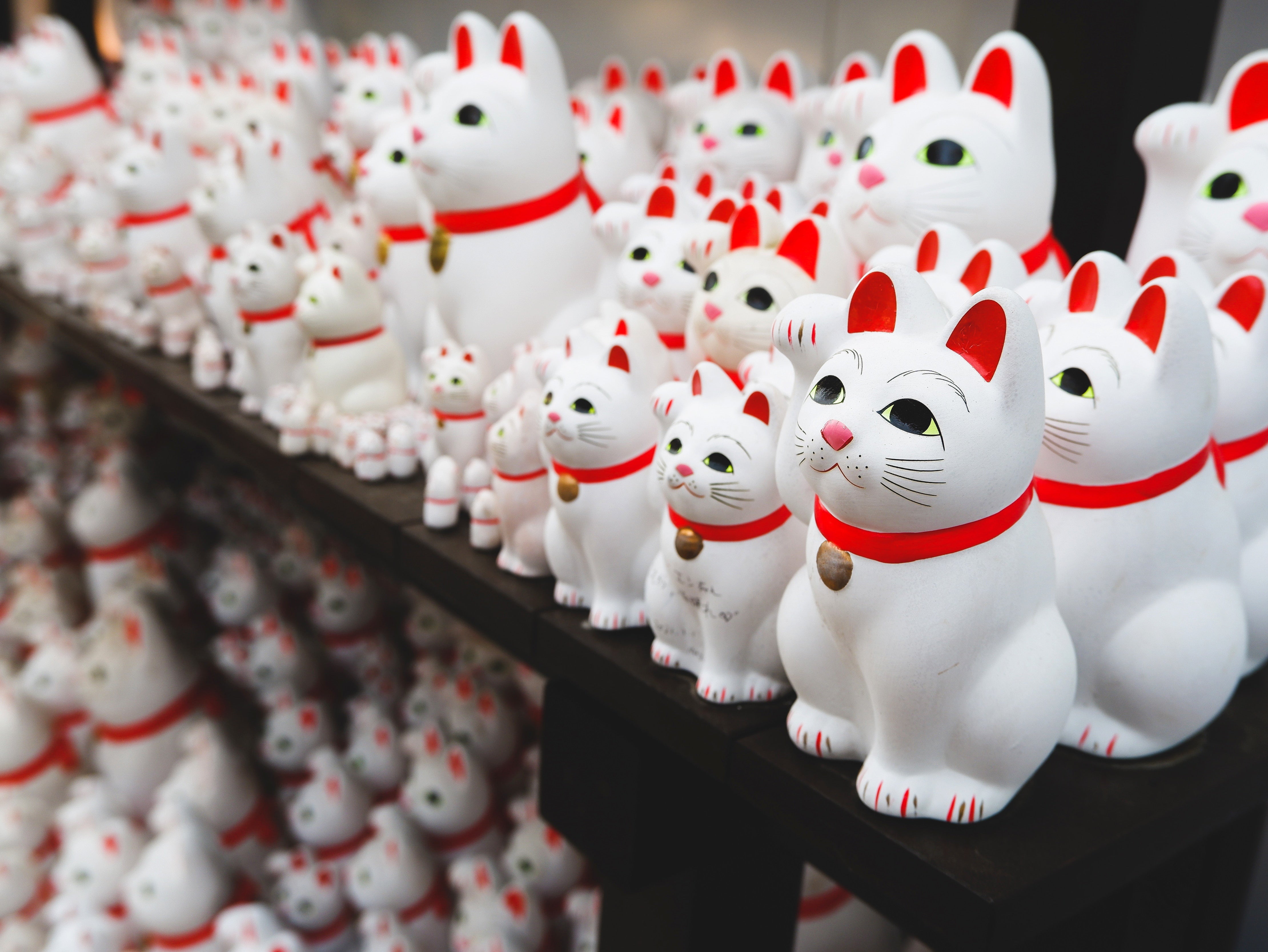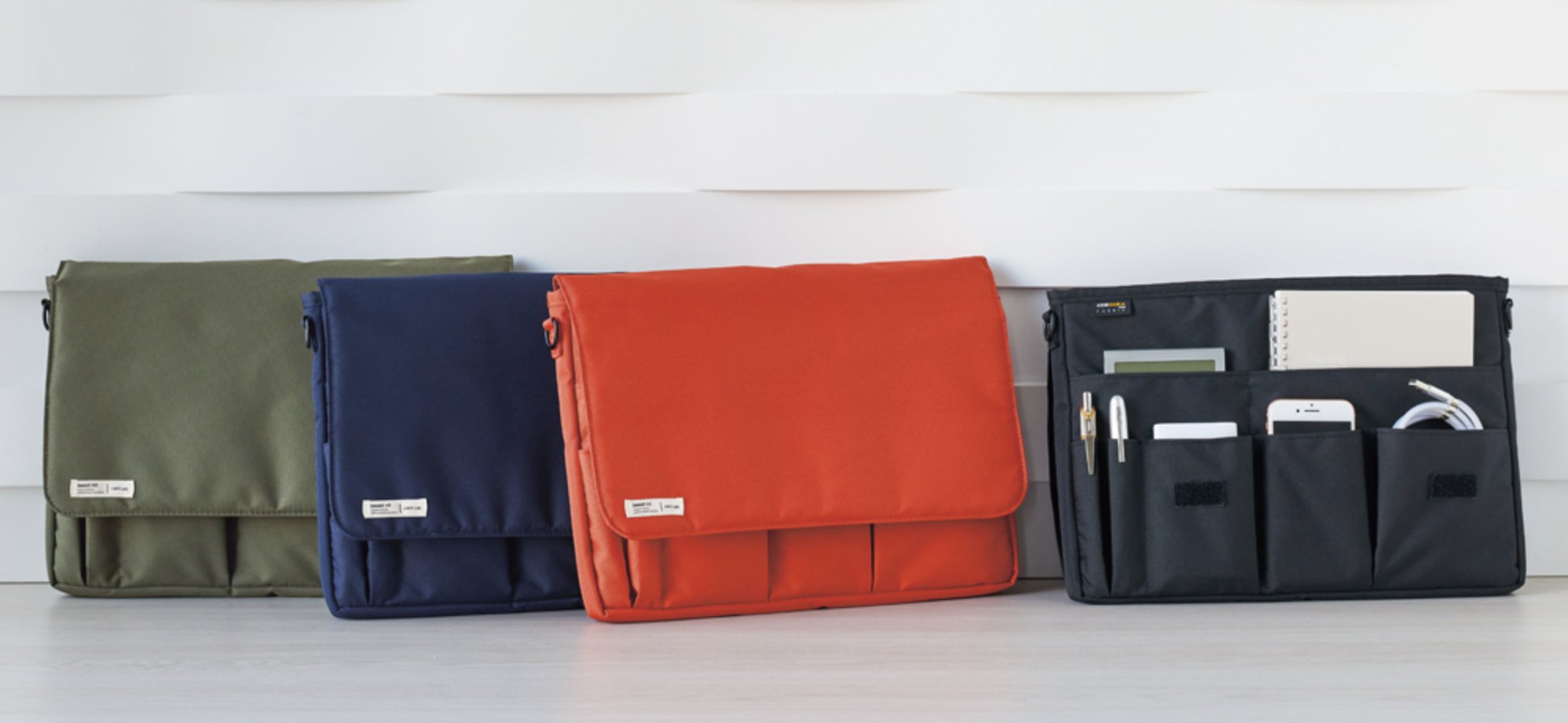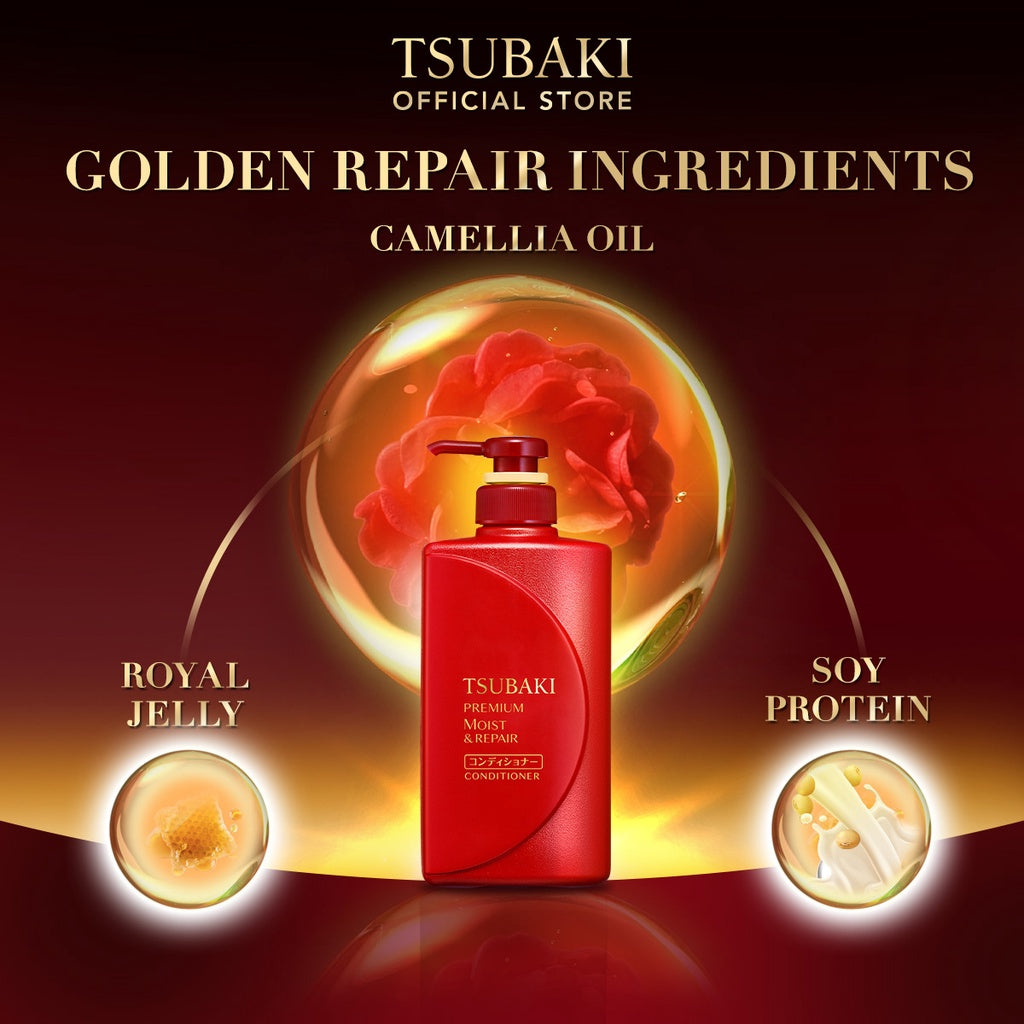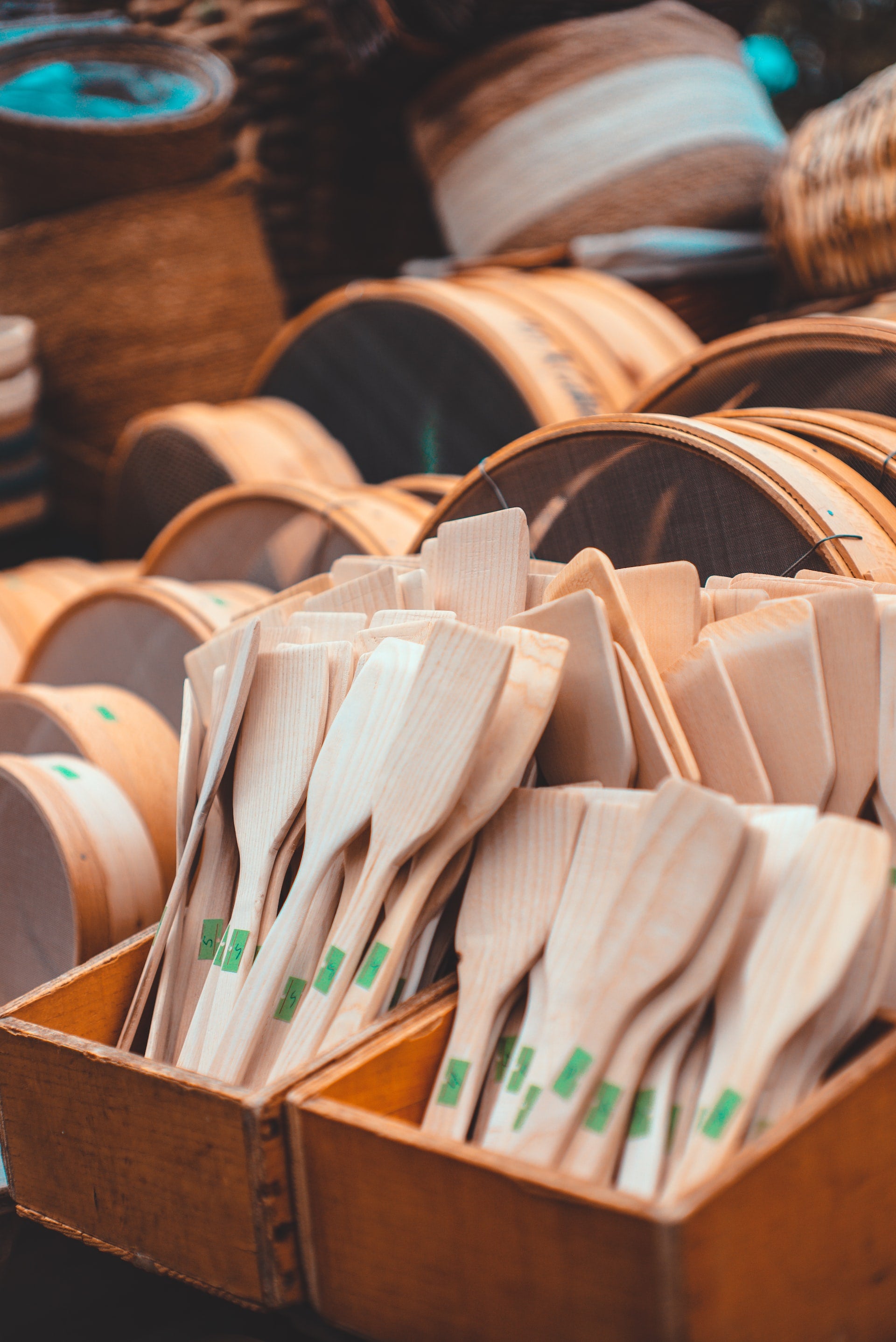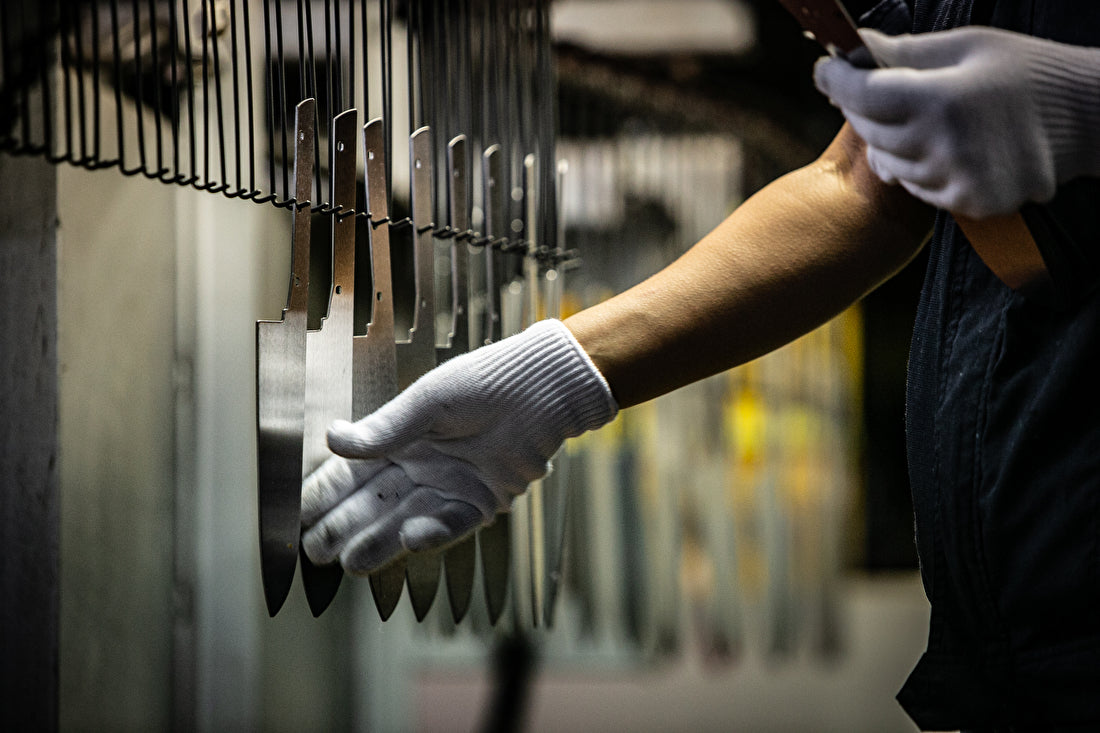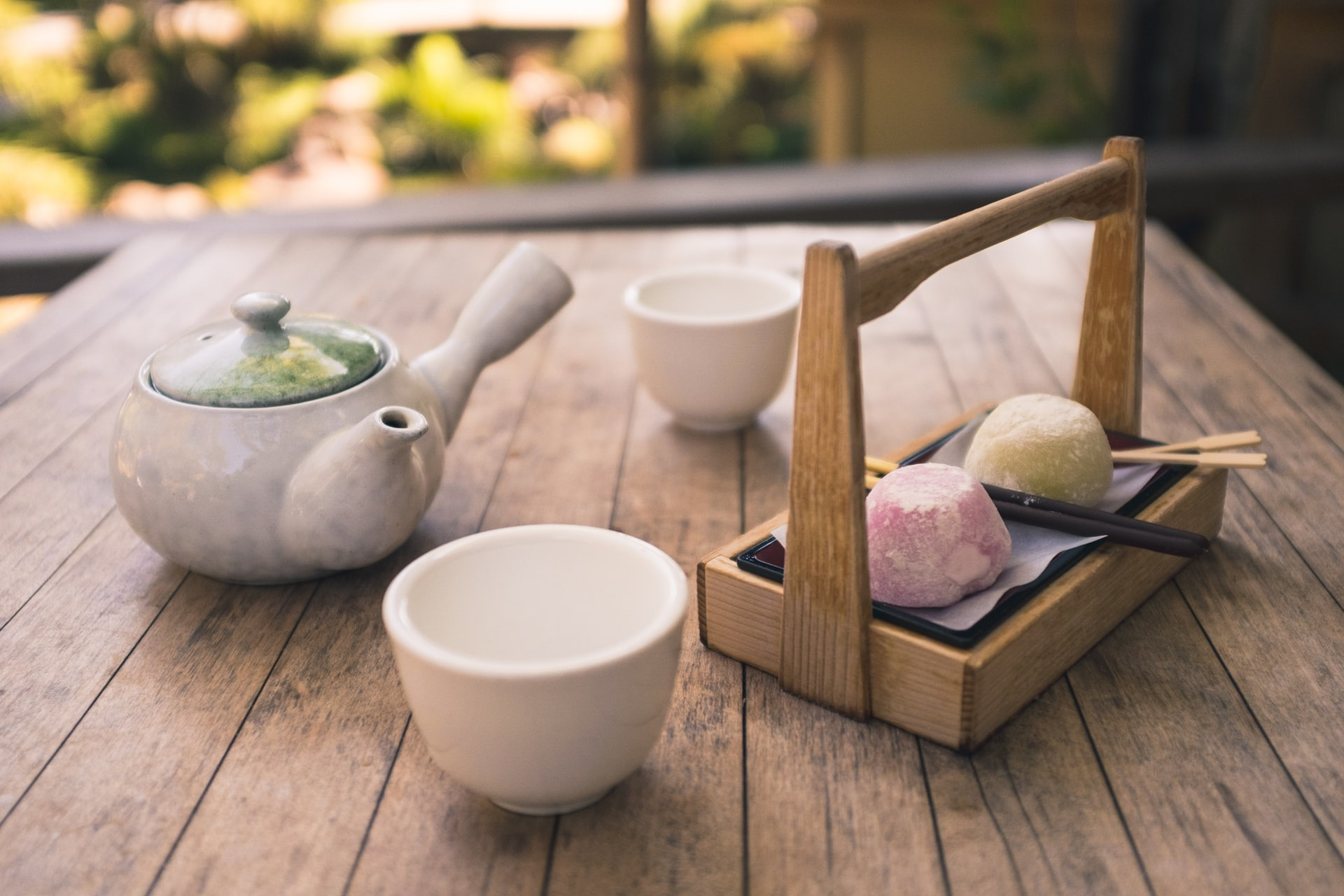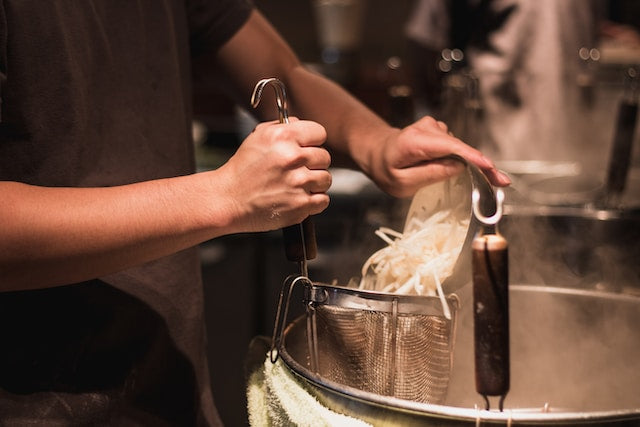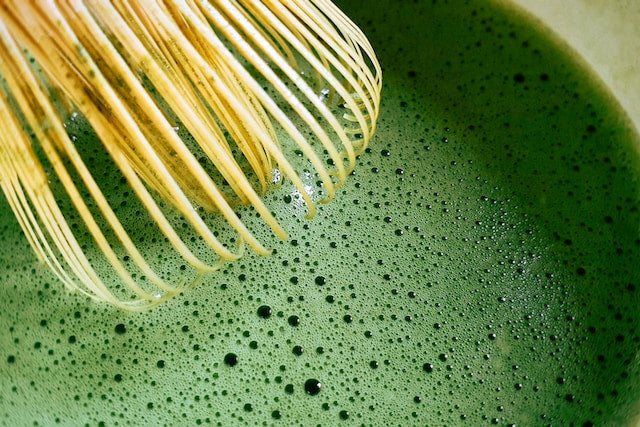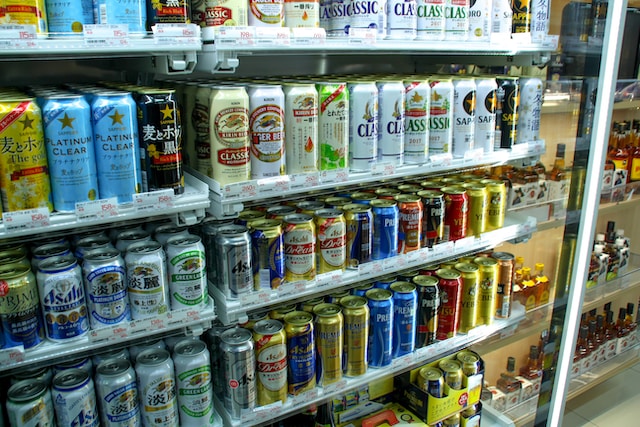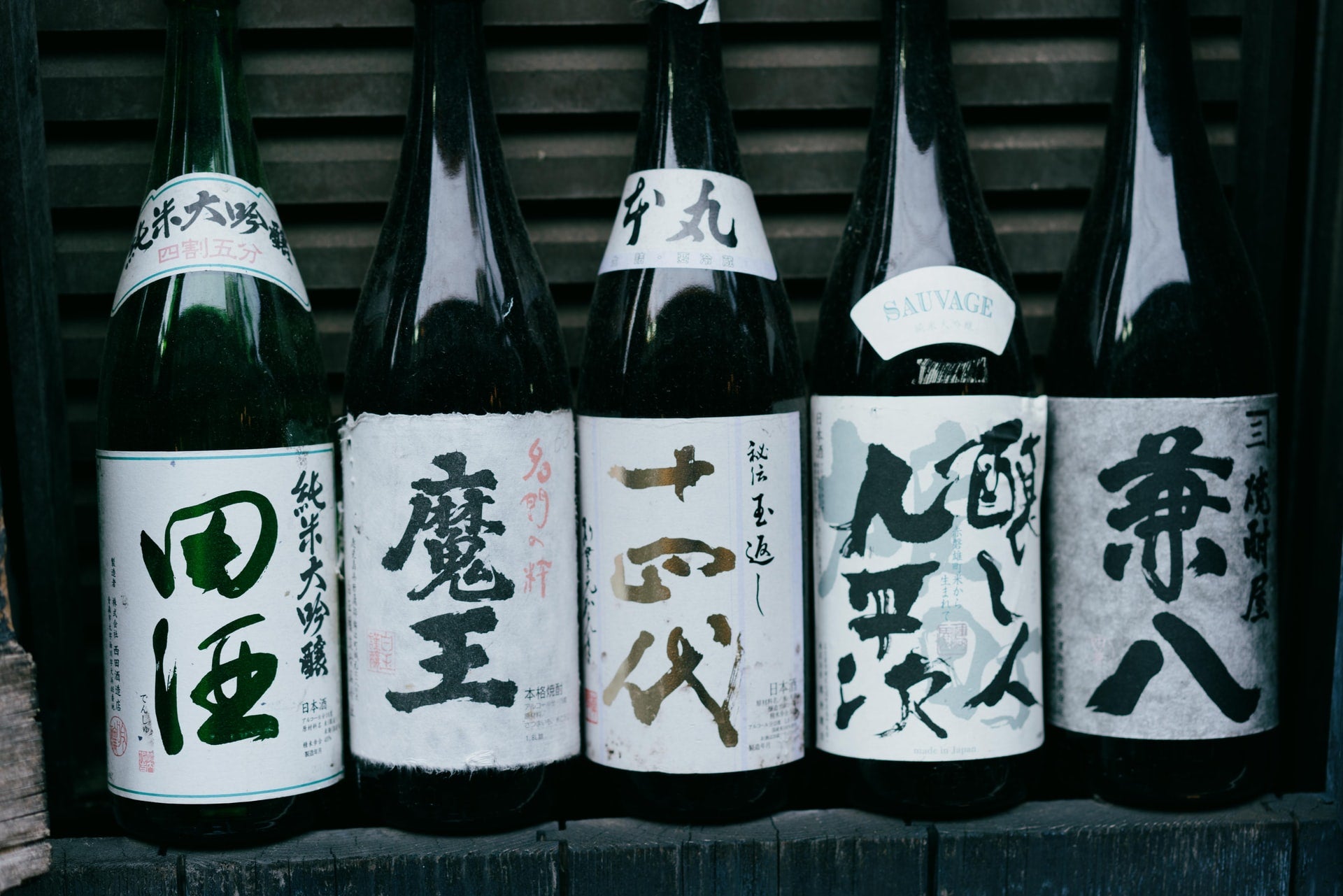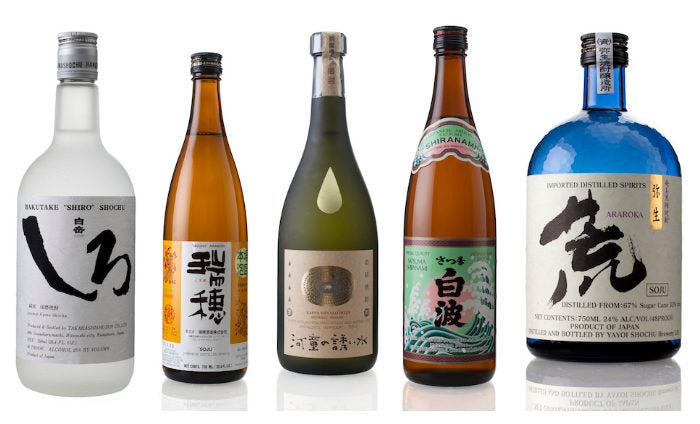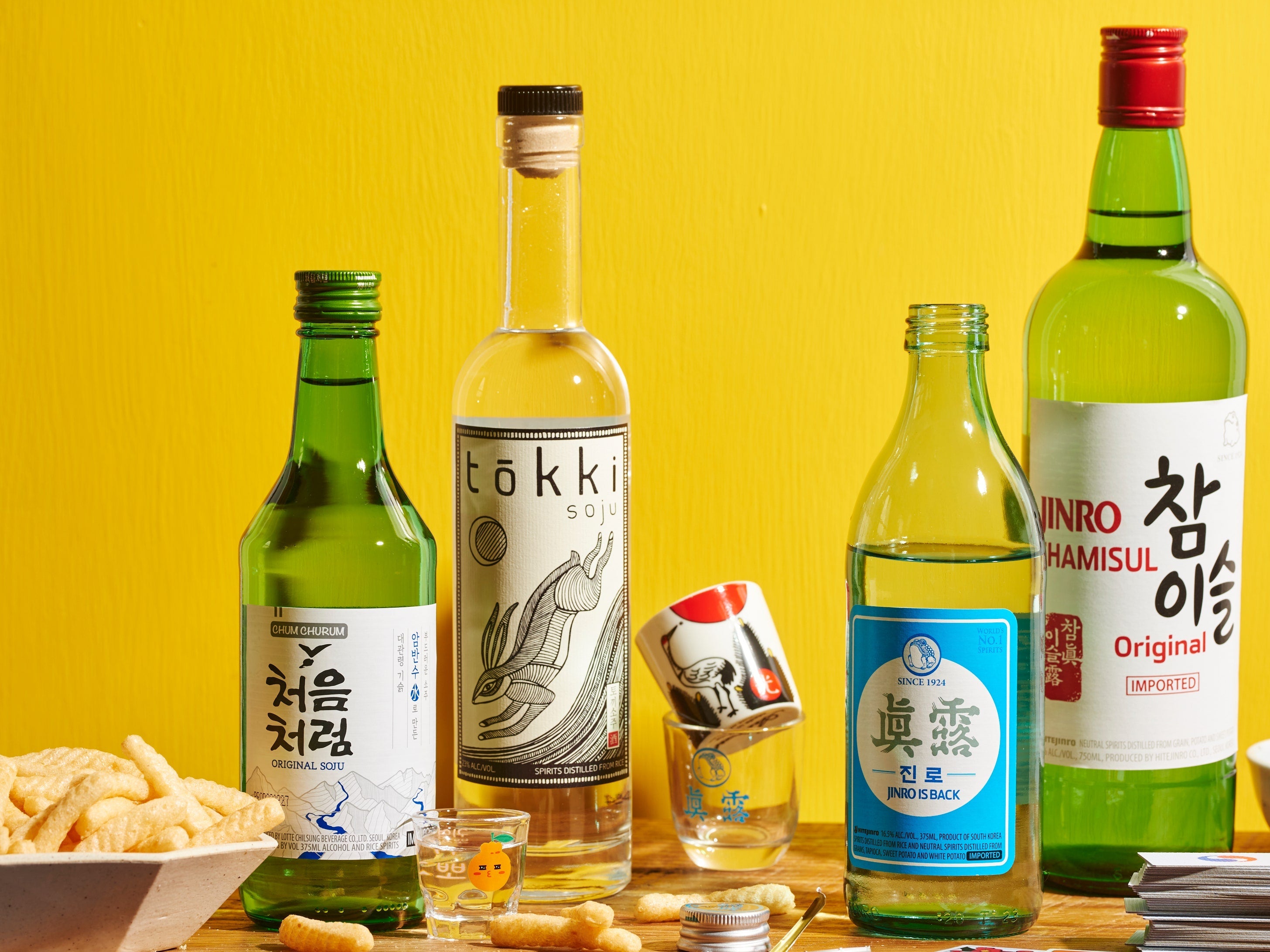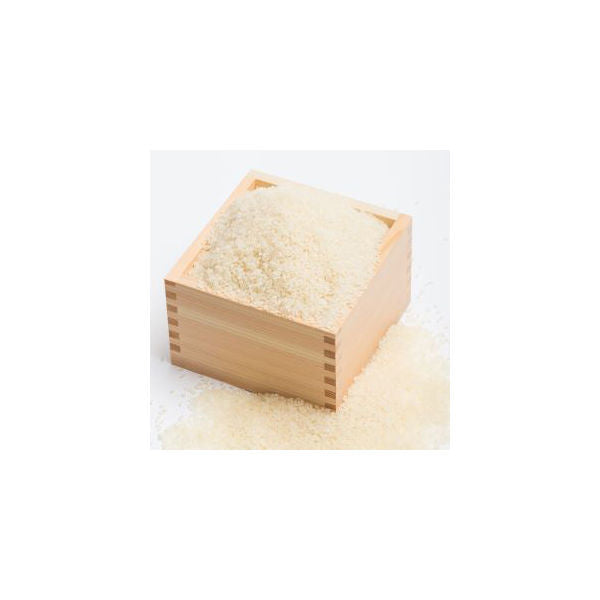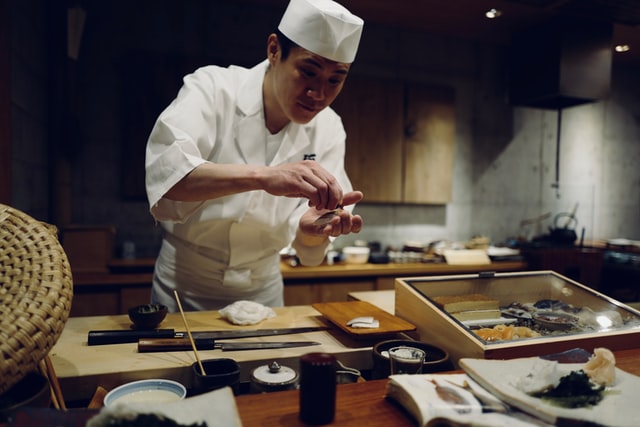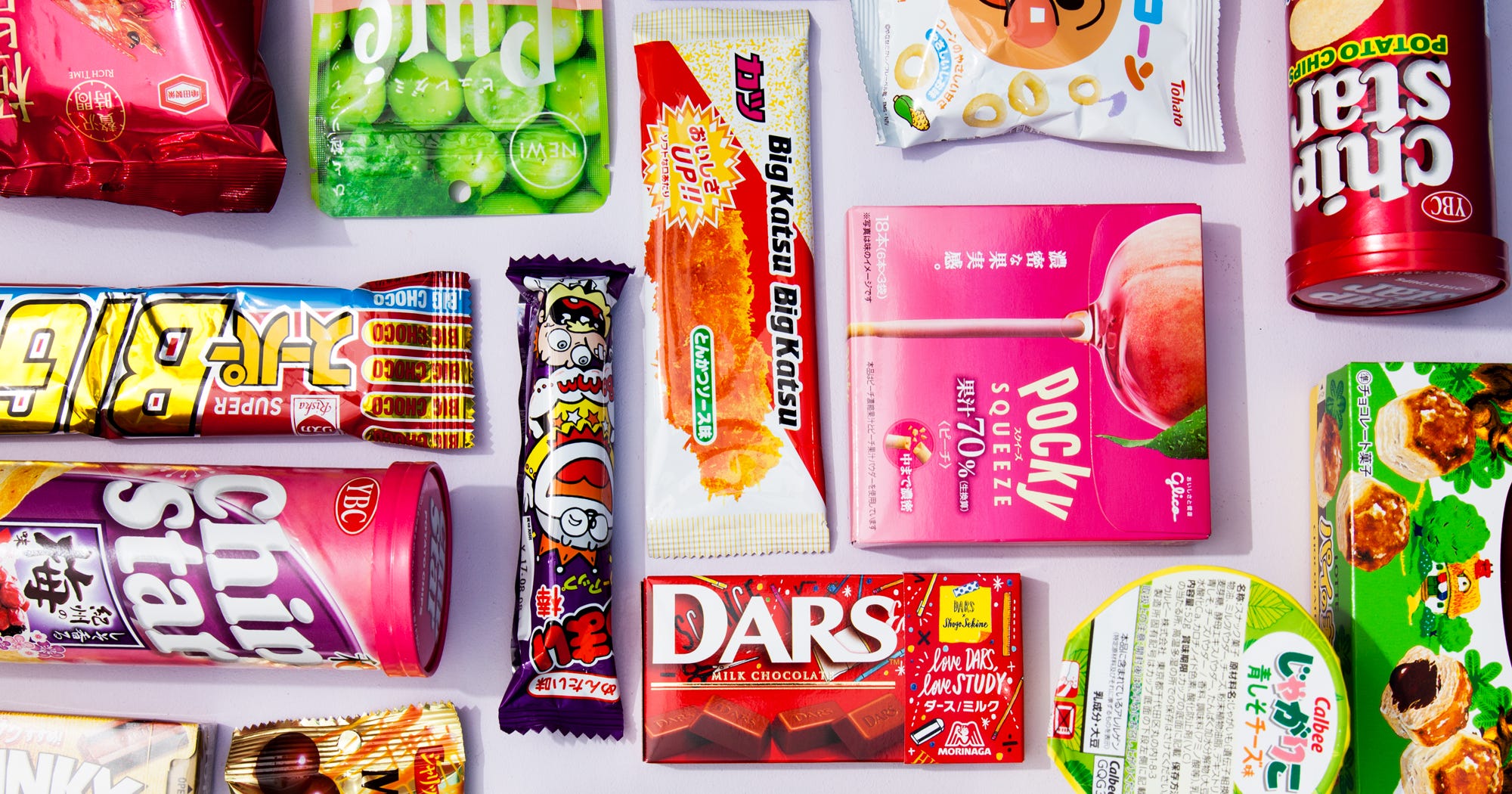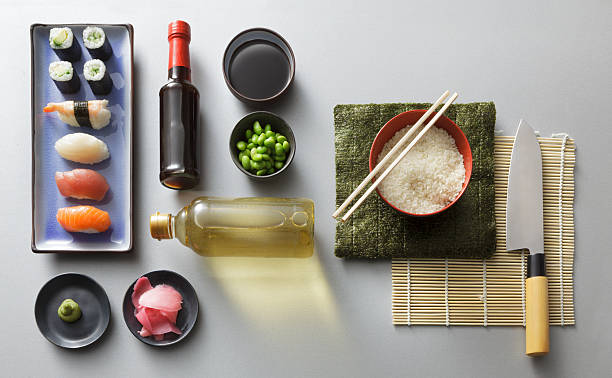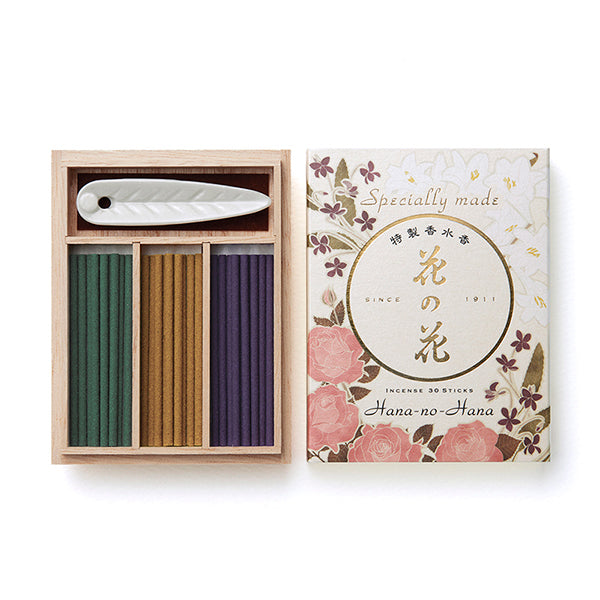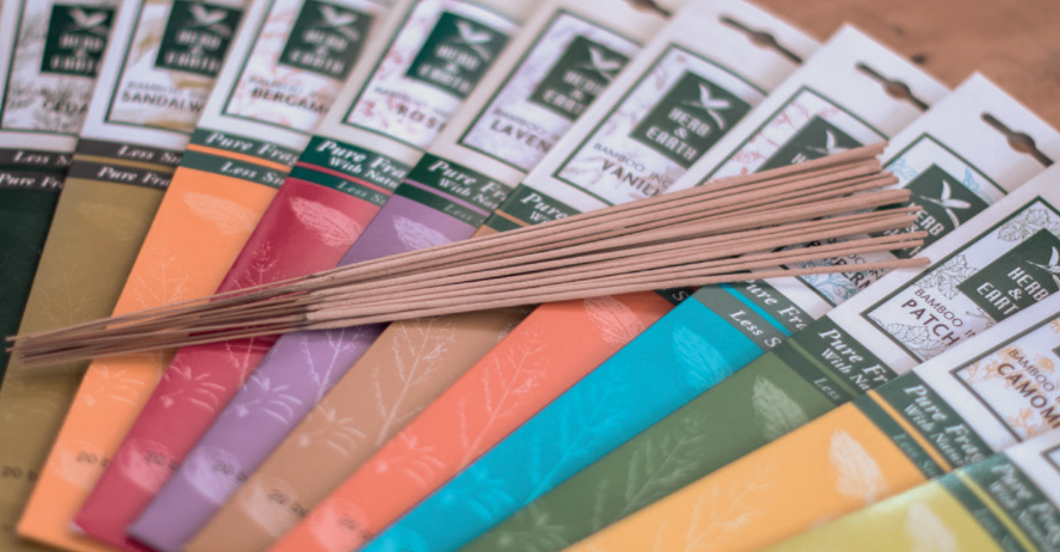Sake Basics
Sake Basics
The origin of sake can be traced back to fermented rice beverage brought to Japan from China by the third century B.C.. Since then it has evolved into a unique and sophisticated alcoholic beverage that is of great cultural significance to the Japanese people.
Although sake is brewed only from rice, it offers a wide variety of tastes like wine. There are supposed to be more than 2,700 breweries all over Japan, and each brewery uses different sake-brewing rice, koji mold (yeast), and water (either spring water or filtered water) in its own unique brewing method. There are also differences distinctive to each sake-making region in Japan, adding more complexity to the world of sake. To better appreciate sake, one needs to know that it is divided into four major categories: Daiginjo, Ginjo, J
-
Daiginjo
Prized as the top of Japanese sake, Daiginjo has a very light, fragrant, fruity and subtle taste. It is brewed with rice whose each grain has been polished away by 50-65%, and the various brewing processes are handled with greater care and attention. Serve chilled or at room temperature.
-
Ginjo
Ginjo is Sake brewed with rice whose each grain has been polished away by 40-50%. Like Daiginjo, the flavour of Ginjo is light, fragrant and even complex. Serve chilled or at room temperature.
-
Junmai
Brewed only with rice, filtered water, and Koji mold, Junmai sake is in general full-bodied and slightly acidic. It goes well with a wide variety of food. Serve at room temperature or hot.
-
Honjozo
Honjozo is brewed with rice, filtered water, Koji mold and yeast. The grain of rice is polished by more than 30%. A small amount of alcohol is added in the final fermentation process. Dry and smooth, usually lighter and more fragrant than Junmai Sake. Serve warm or at room temperature.

The categories of Daiginjo, Ginjo, Junmai, Honjozo are Premium Sake. The others are classified as "Normal Sake" (Futsu-Shu), but there are also many good Sakes in Futsu-Shu.
In addition, there are other varieties such as Nigori, Nama, and Ume Shu. Nigori Sake is unfiltered, subtly sweet, and its texture has a white, cloudy look. Nama is draft Sake, not pasteurized, and has a fresher and lighter flavour. Ume Shu is sweet plum wine served as an aperitif or dessert wine.
In the trade of Sake, its taste, either dry or sweet, is determined by Sake Meter Value (Nihonshu Do). Adding to it the value of acidity, you will get what's called Total Perception Chart for more accurate evaluation of what Sake tastes like.
Sake scale
Sake Scale is a combination of indicators that gives you an idea of what a sake tastes like as accurately and concretely as possible. As you find in the product pages on this site, each sake is assigned a barometer of acidity, alcohol percentage, and Sake Meter Value or Nihonshudo.
Sake meter value
 Like wines, a sake can be defined either as dry or sweet as its basic characteristics. In Japan, Nihonshudo, or the Sake Meter Value, is often used to determine whether a sake is either dry or sweet, or in between, by measuring the amount of residual sugar and alcohol in it.
Like wines, a sake can be defined either as dry or sweet as its basic characteristics. In Japan, Nihonshudo, or the Sake Meter Value, is often used to determine whether a sake is either dry or sweet, or in between, by measuring the amount of residual sugar and alcohol in it. In this measurement, water is given a value of ±0, and a sake with Sake Meter Value of ±0 should taste neutral, neither dry nor sweet. As shown in a figure below, a positive value means less residual sugar and therefore a drier sake. Likewise, a negative value indicates a sweeter sake.
Total perception chart
As reliable a Sake Meter Value would be, acids and other elements can mask the real residual sugar amount. For example, a higher level of acidity can make a sweet sake taste drier than it actually is. To give a more accurate evaluation of sake, therefore, total acidity is used as another indicator.




